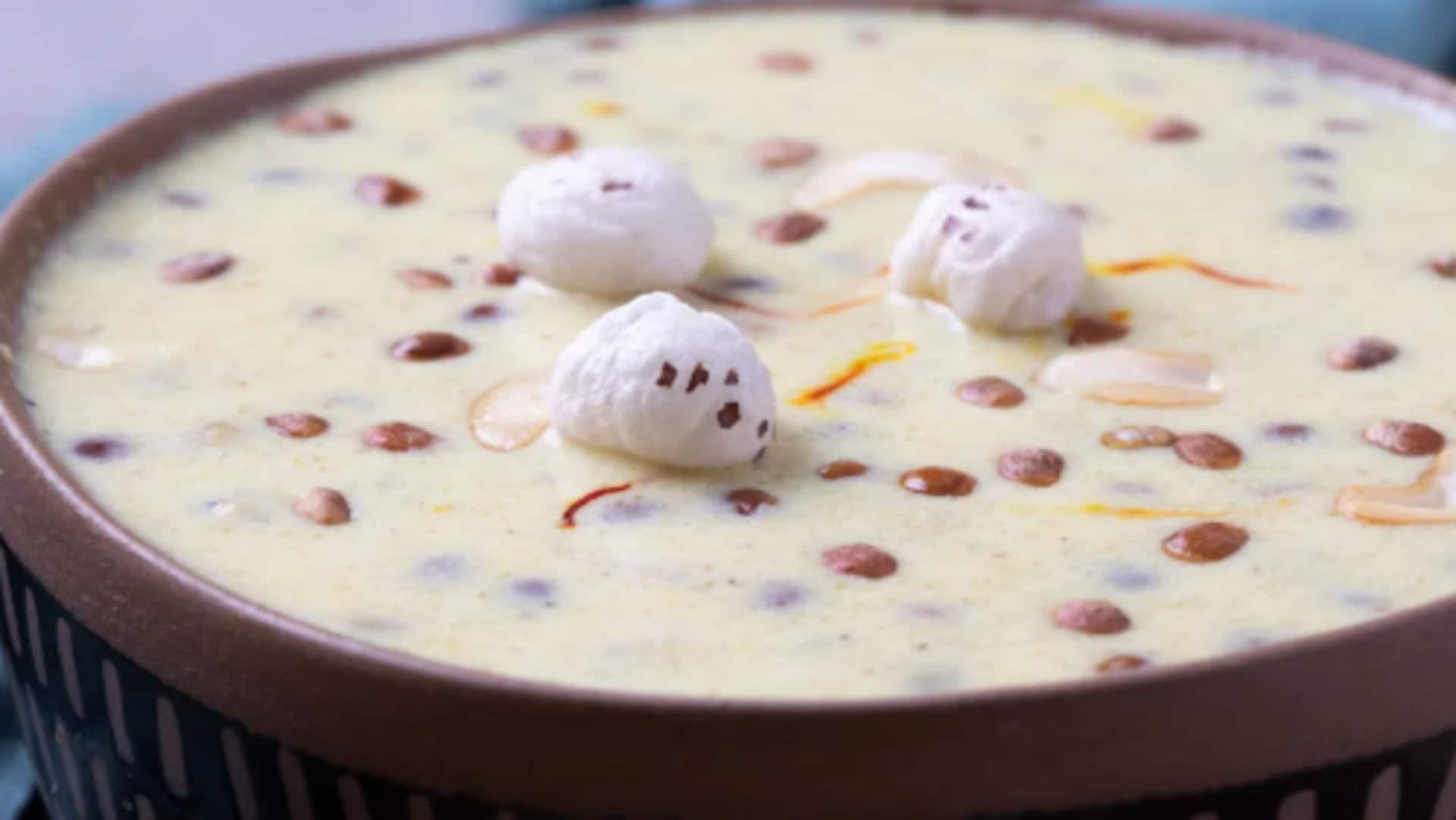The Humble Beginning
The story of crumbs, those minute yet mighty food particles, often begins with the process of breaking down larger ingredients. Imagine a loaf of freshly
baked bread; its crusty exterior yields to the gentle pressure of a knife, resulting in an abundance of crumbs. This simple act of fragmentation gives rise to a world of culinary possibilities. From the moment a piece of toast shatters or a cookie crumbles, these small fragments become more than just waste; they represent a textural element and a source of flavor. Think of the subtle dusting of breadcrumbs over a casserole, the delicate crunch of a cookie base, or the coating on a perfectly fried chicken. Each crumb offers a unique contribution, enhancing the overall sensory experience of the dish.
Beyond the Kitchen
While the kitchen is their primary domain, the world of crumbs extends far beyond the realm of food preparation. Crumbs have a rich history, appearing in traditional recipes across different cultures. In many regions, breadcrumbs, in particular, have served as a binding agent, a thickening element in sauces, and a key ingredient in stuffings and coatings. Their versatility makes them ideal for absorbing excess moisture or adding body to a dish. Furthermore, crumbs, especially of the sweet variety, can be used to decorate and add texture to desserts. Whether finely ground or coarsely textured, crumbs can contribute a delightful contrast to smooth fillings and creamy textures. Considering their many applications, crumbs are indispensable tools in the hands of both home cooks and professional chefs, proving that even the smallest elements can make the biggest impact.
Crumbs: Flavor Transformers
Crumbs, in addition to their textural qualities, possess remarkable flavor-enhancing capabilities. Consider how breadcrumbs absorb the flavors of herbs, spices, and fats, creating a delicious coating for baked or fried foods. Similarly, cookie or biscuit crumbs often bring their own distinct sweetness and buttery notes to desserts and crusts. In savory applications, crumbs seasoned with garlic, herbs, and cheese can add a burst of flavor that elevates dishes from ordinary to extraordinary. Their porous nature allows crumbs to readily absorb liquid, be it stock, sauce, or flavored oil, effectively incorporating flavors into the dish. The type of crumb matters too; panko breadcrumbs provide a light and airy texture. This flavor-enhancing effect means crumbs can transform everyday meals into culinary experiences.
Culinary Applications Abound
The applications for crumbs are seemingly endless, catering to various cooking styles and flavor profiles. Crumbs shine as a coating for fried foods, creating a crispy exterior that protects the moist interior. They serve as a binding ingredient in meatballs, meatloaf, and vegetable patties, holding the mixture together and adding texture. In baking, cookie crumbs form the base of many cheesecakes, pie crusts, and other desserts. Breadcrumbs are often used to thicken sauces, soups, and stews, providing a smoother consistency. Consider the versatility: crumbs work as toppings for casseroles or gratins, providing a crunchy contrast to the creamy filling; or even as a simple sprinkle over pasta. The possibilities are only limited by imagination, proving that a handful of crumbs can significantly elevate a dish's appeal and complexity.
Creating Your Own Crumbs
The joy of crumbs goes beyond purchasing pre-made versions. Creating your own crumbs allows you to customize flavors and textures. Start with stale bread, cookies, crackers, or even savory items like pretzels. To make breadcrumbs, you can toast bread slices in the oven until golden brown, then pulse them in a food processor until you reach your desired consistency. Alternatively, you can use a grater for a more rustic texture. For cookies or crackers, simply crush them or use a food processor. You can experiment with different types of bread, adding herbs, spices, or even cheese to the bread before toasting. Homemade crumbs allow you to control every aspect of the final product. When stored properly in an airtight container, homemade crumbs can last for several weeks. This simple act of creativity makes crumbs a key ingredient to have on hand.















